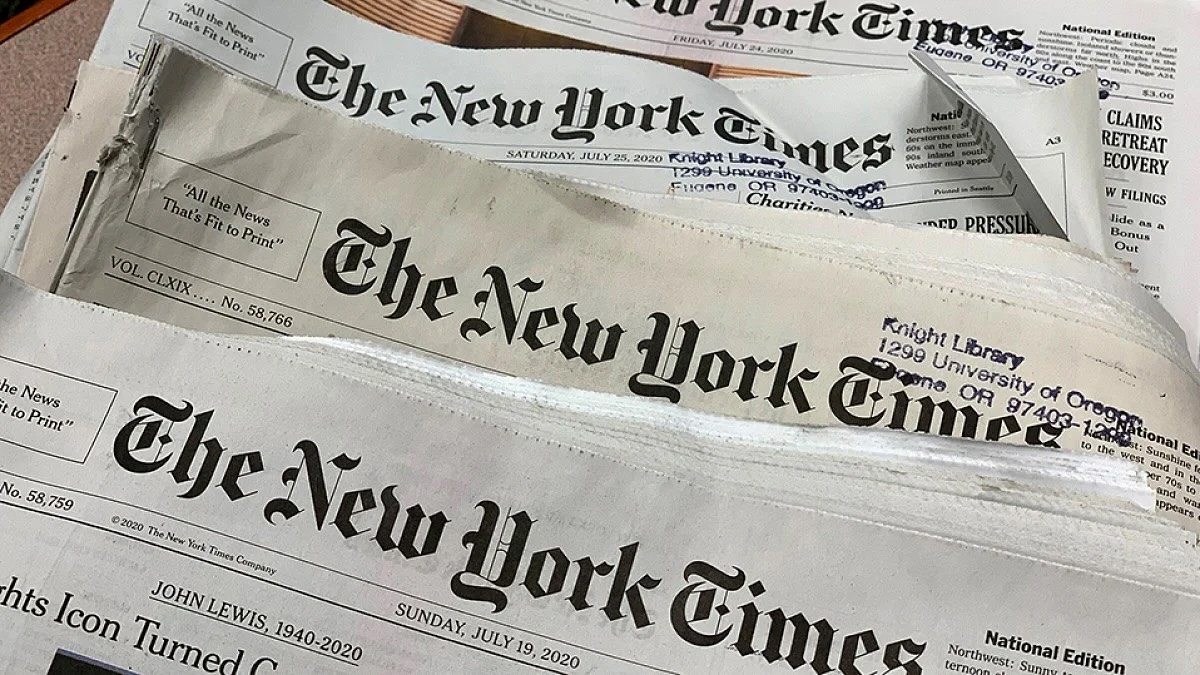The use of AI is still up for debate, especially for traditional media publications where issues like copyright are among the main issues. There are good use cases for AI and The New York Times, one of the most respected media publications in the world, acknowledges that.
This is why it came as a surprise to the staff of The New York Times when they received an email announcing the debut of its new internal AI summary tool called Echo. This essentially means that the esteemed publication will allow its product and editorial teams to utilize AI tools with their work according to Semafor.

Before you raise your pitchforks at The New York Times in allowing the use of AI tools, it did include editorial guidelines on using them. While The New York Times will allow the use of AI for suggesting edits, brainstorming questions, and assisting with research, it prohibits using it for drafting or significantly revising an article, or for inputting confidential source information.
Other use cases for AI include digitally voicing articles and translating them to different languages, which we think is a good move for The New York Times as it aims to expand its audience globally. It’s also worth noting the AI programs that they approve: these include GitHub Copilot programming assistant for coding, Google’s Vertex AI for product development, NotebookLM, some Amazon AI products, and OpenAI’s non-ChatGPT API through a business account–emphasis on the latter.

The New York Times‘ move to allow the use of AI is controversial: back in 2023, it sued OpenAI for copyright infringement. In the lawsuit, The New York Times alleged that ChatGPT used several of its articles without its permission, and poses to compete against the newspaper giant as a trustworthy source of information.
Disclosure: None. This article is originally published at unbox.ph.





